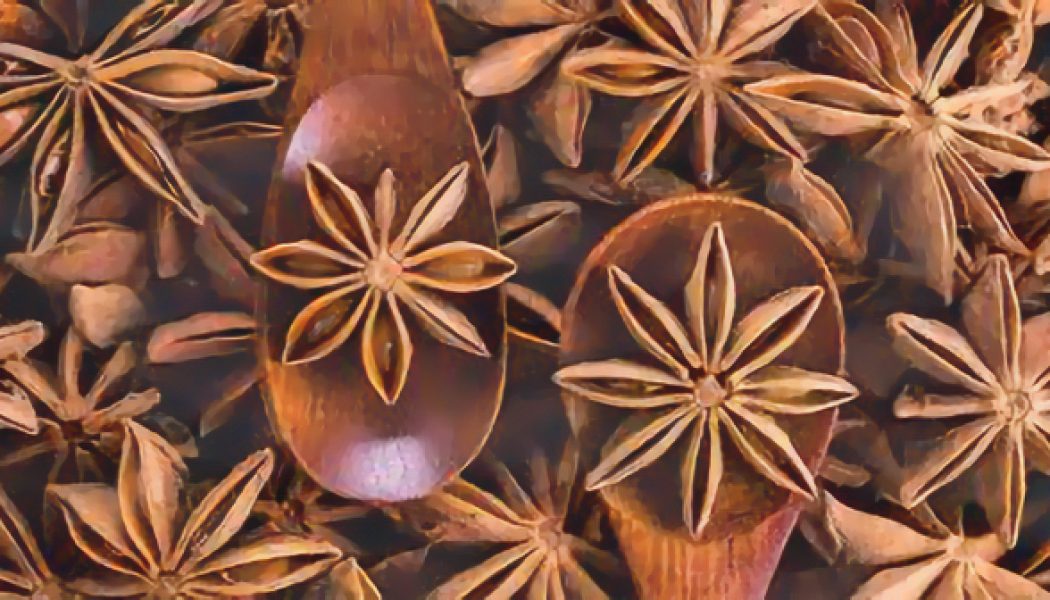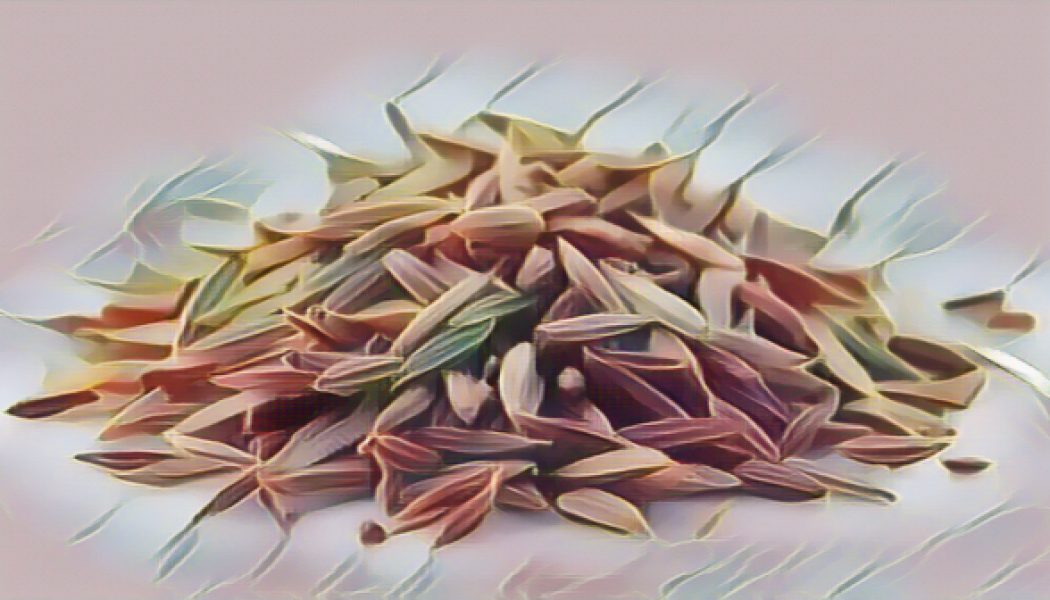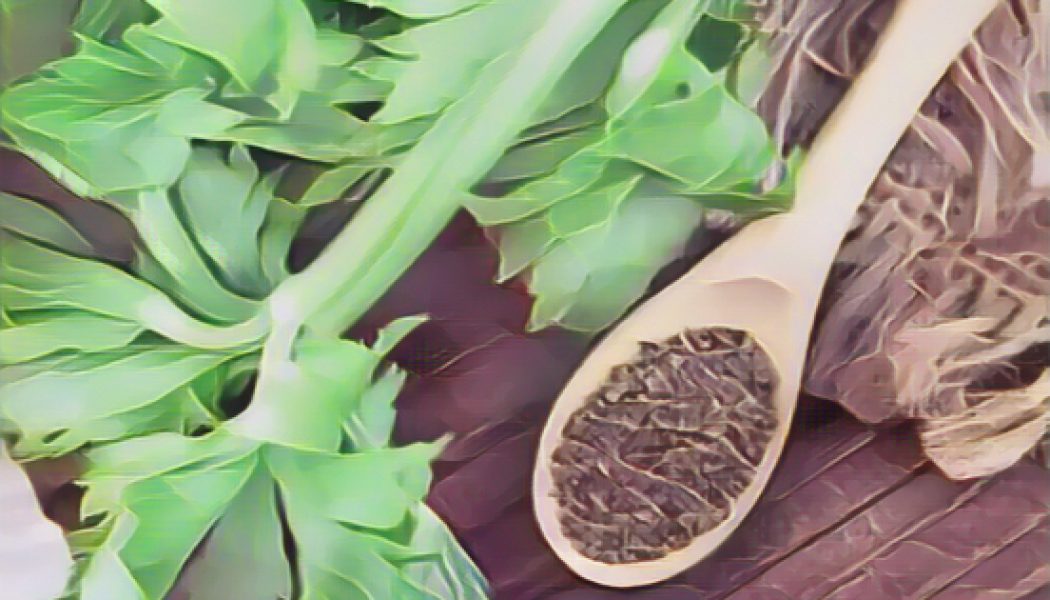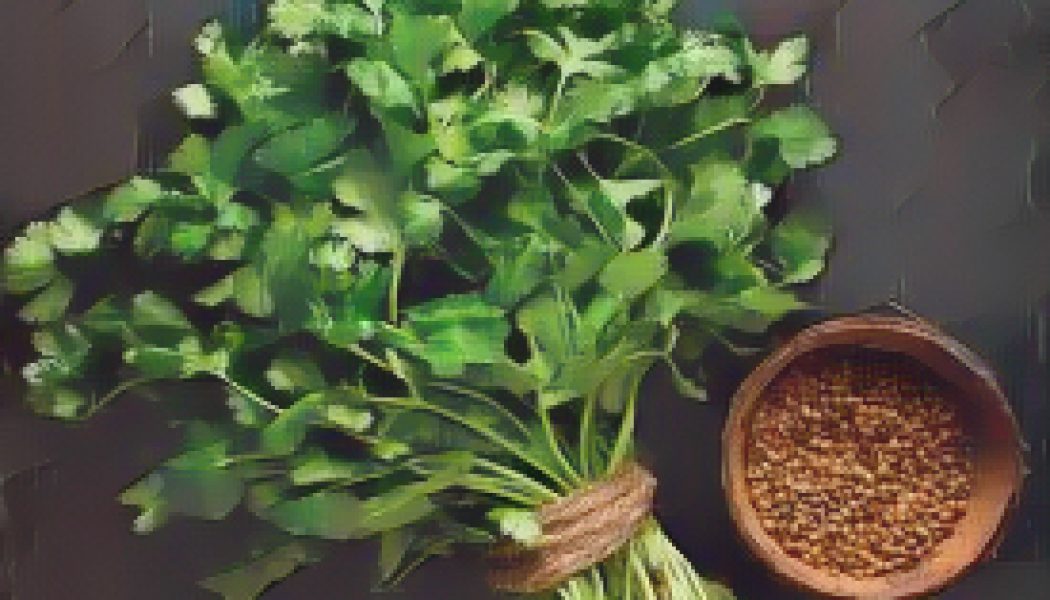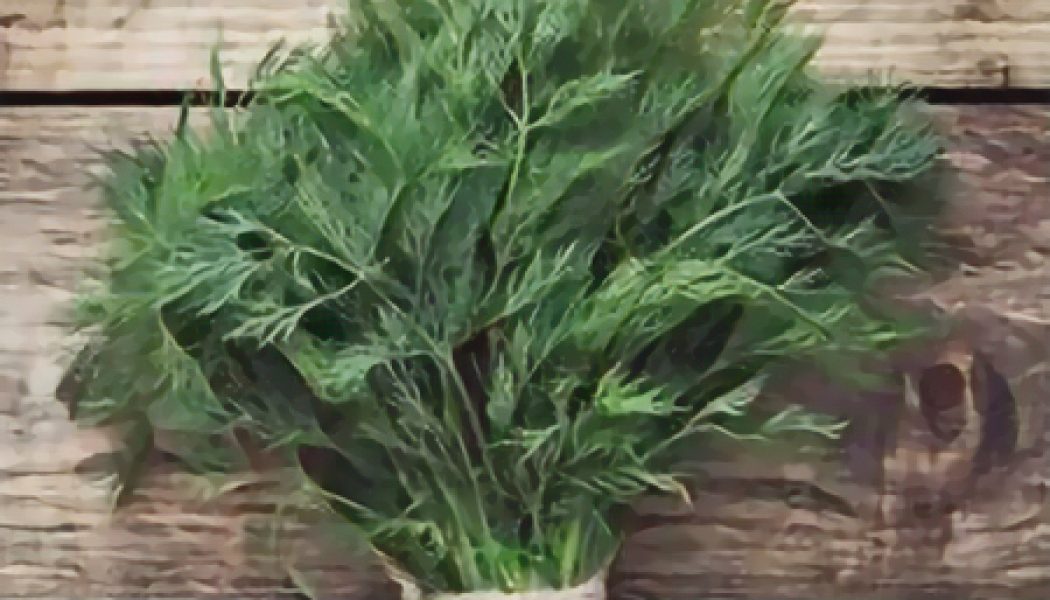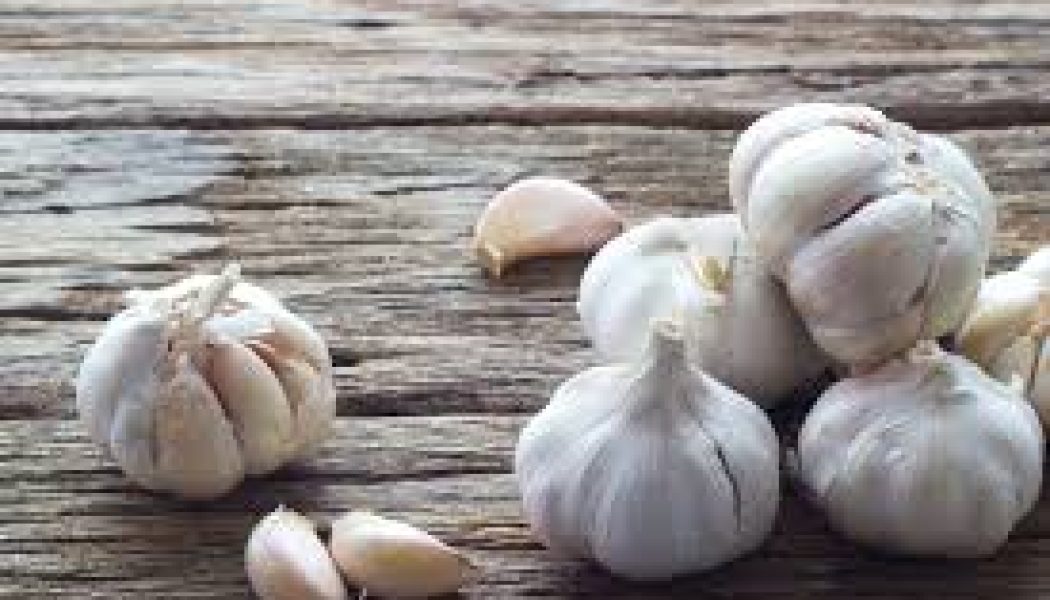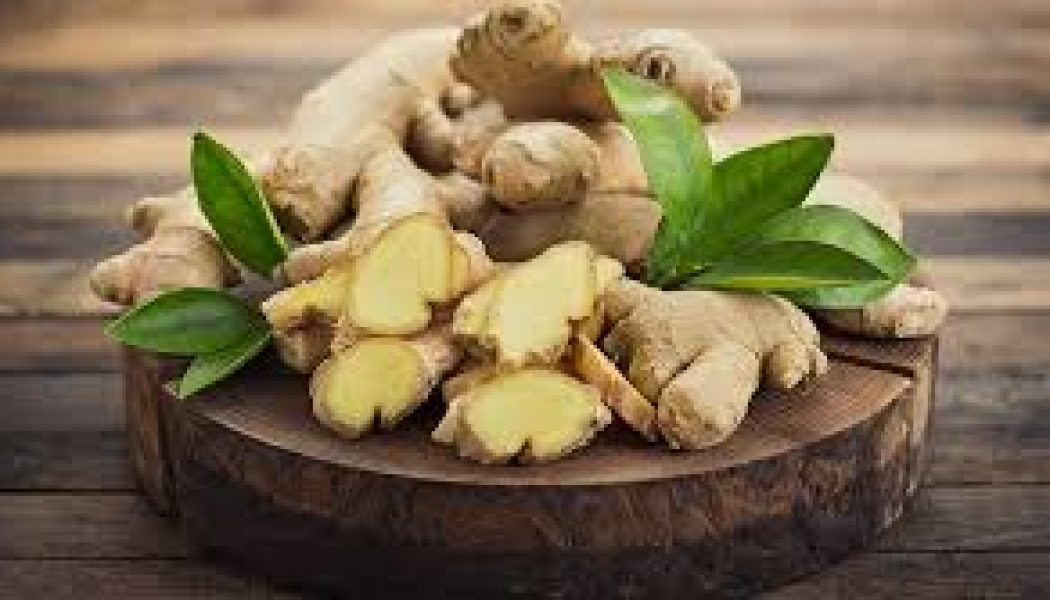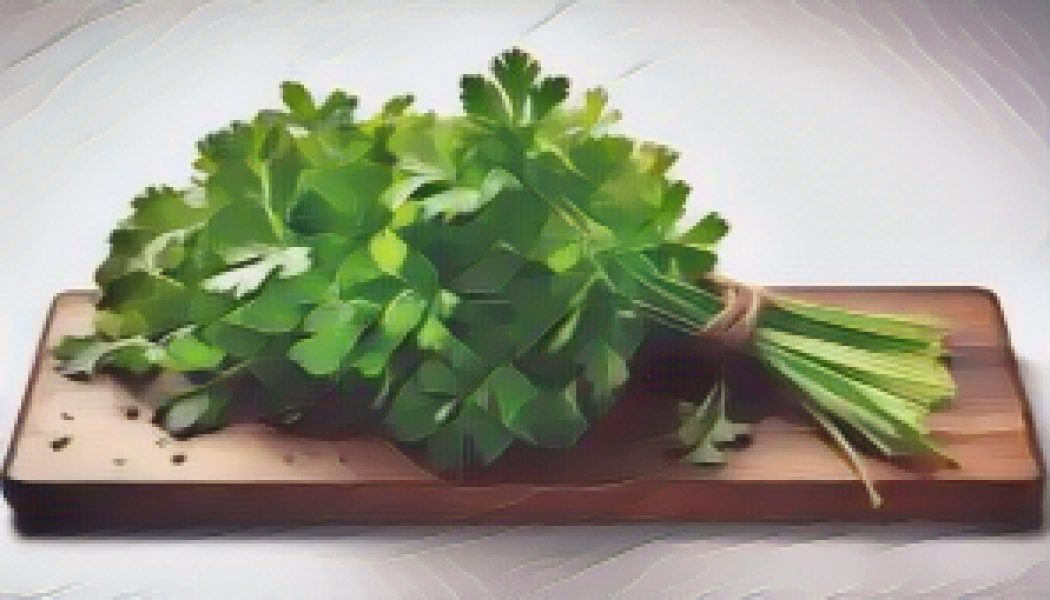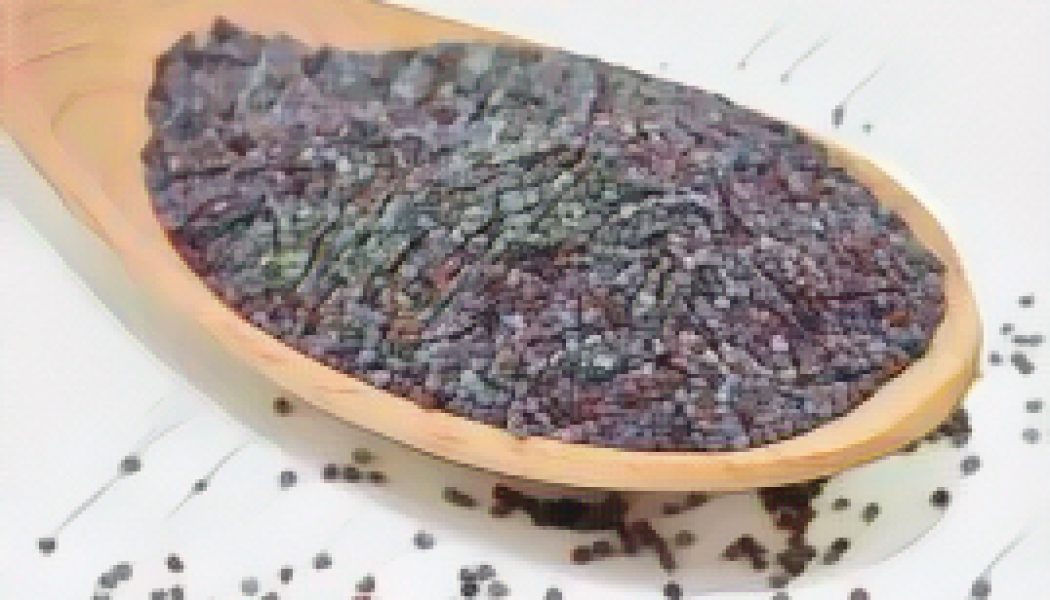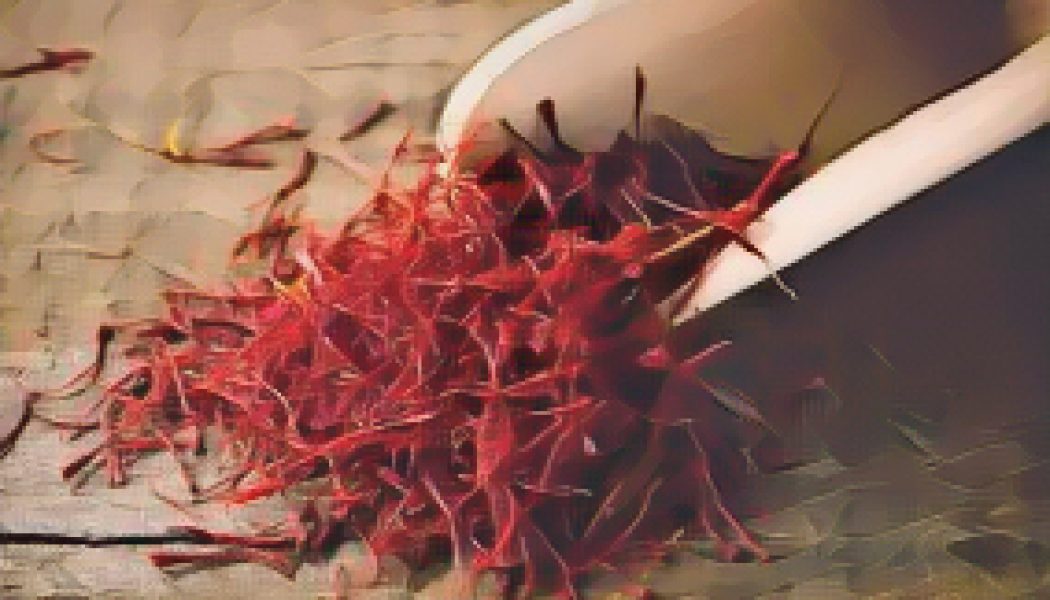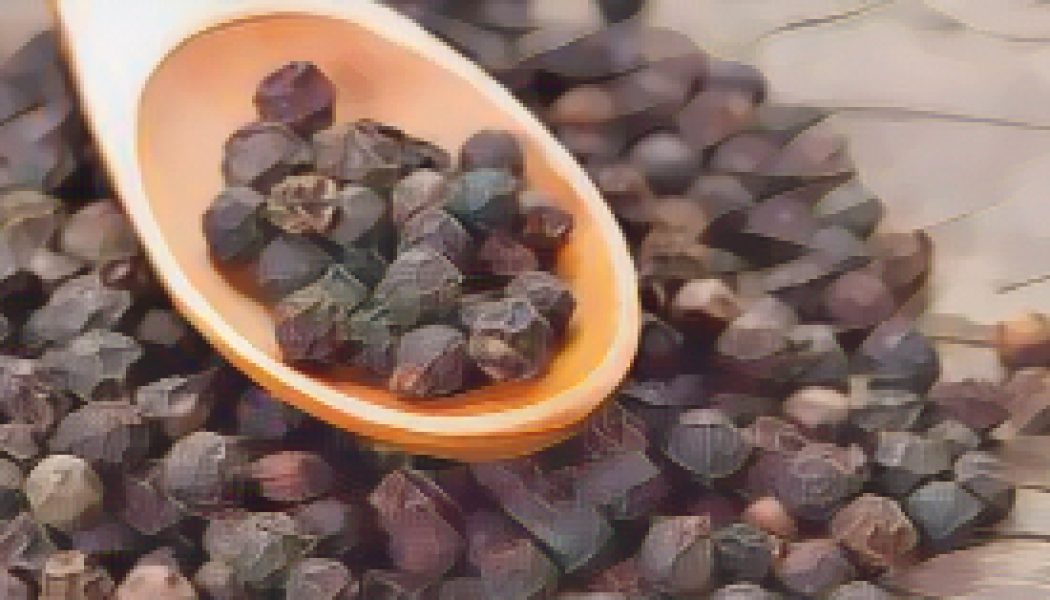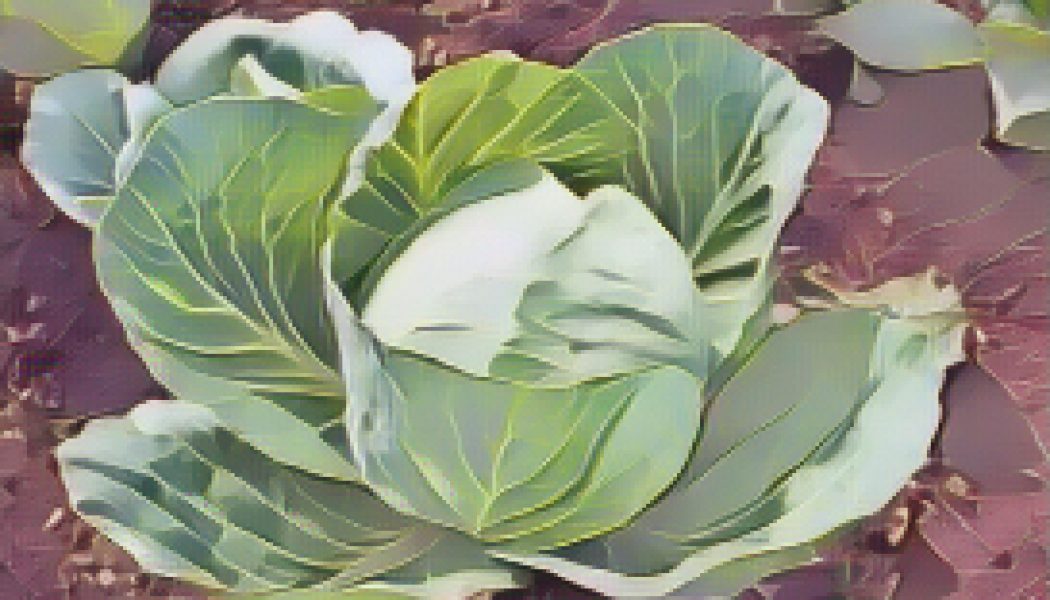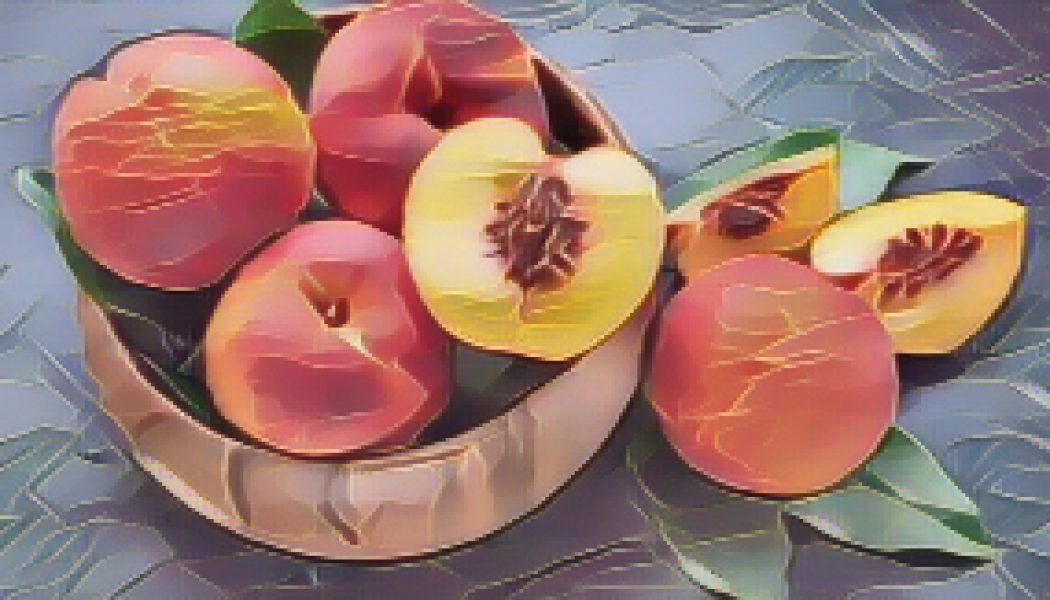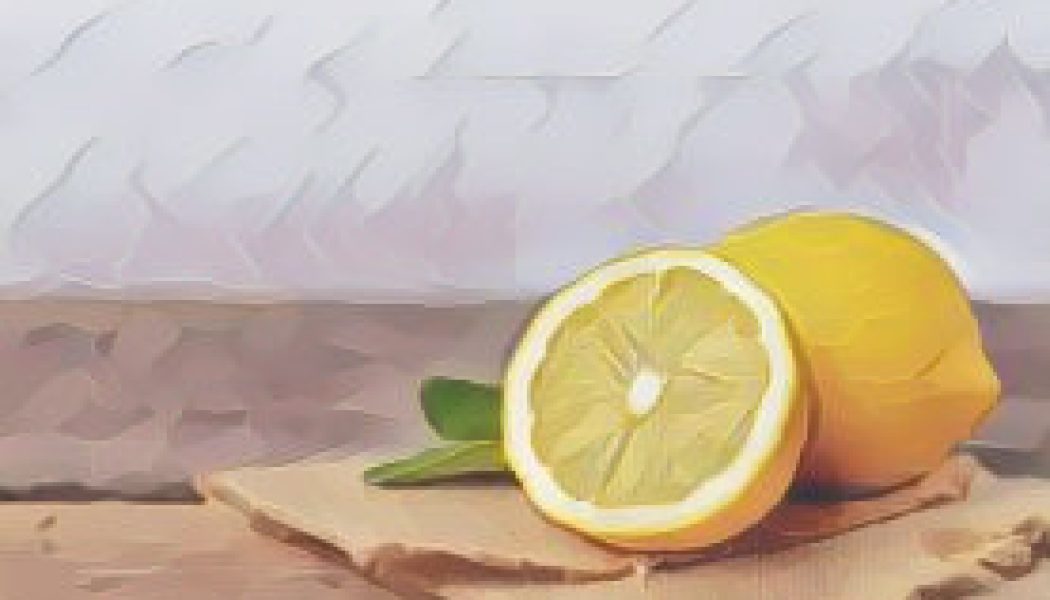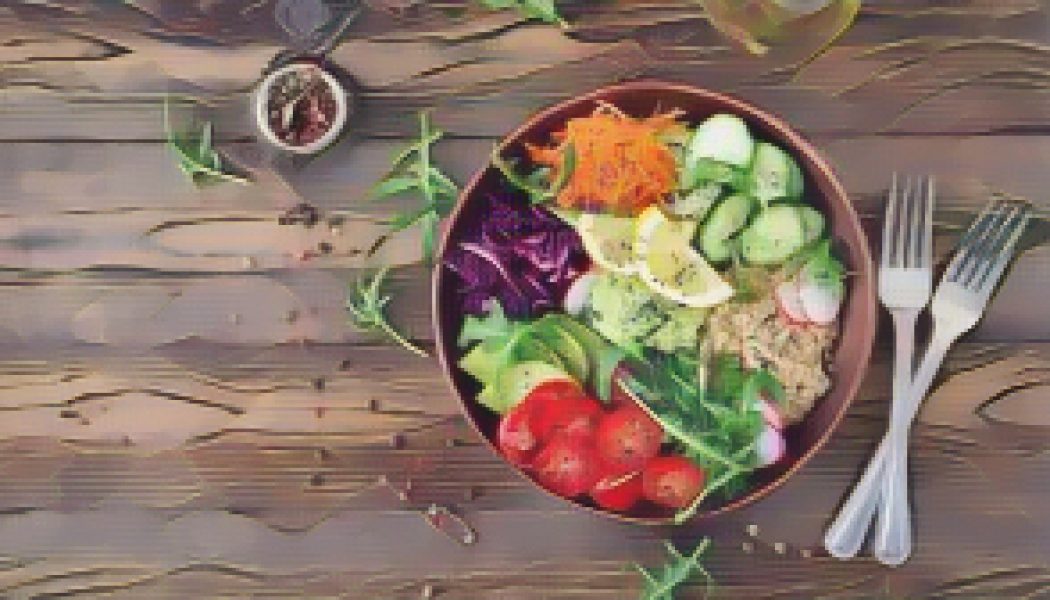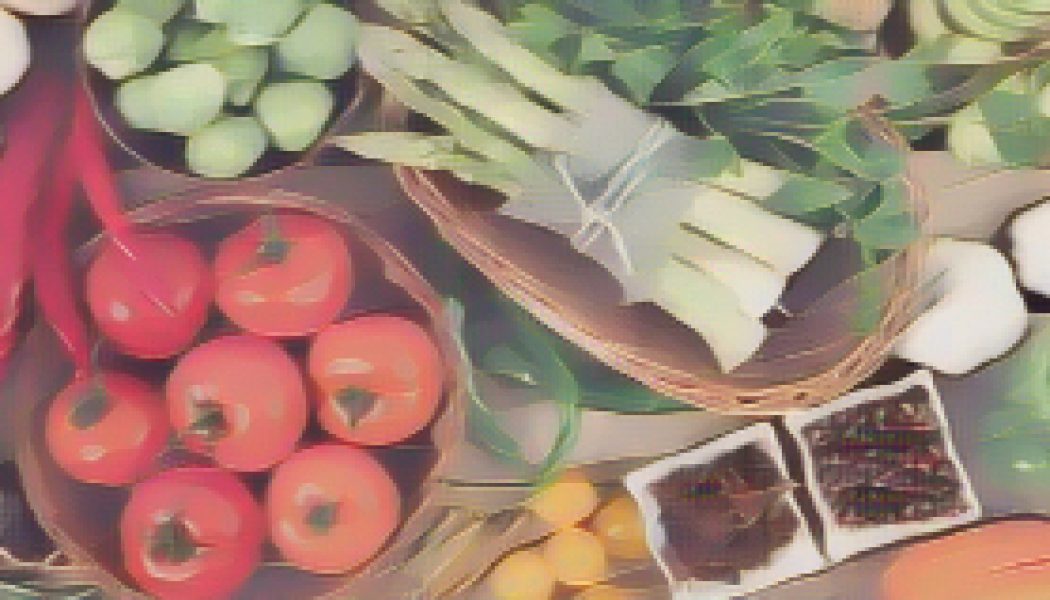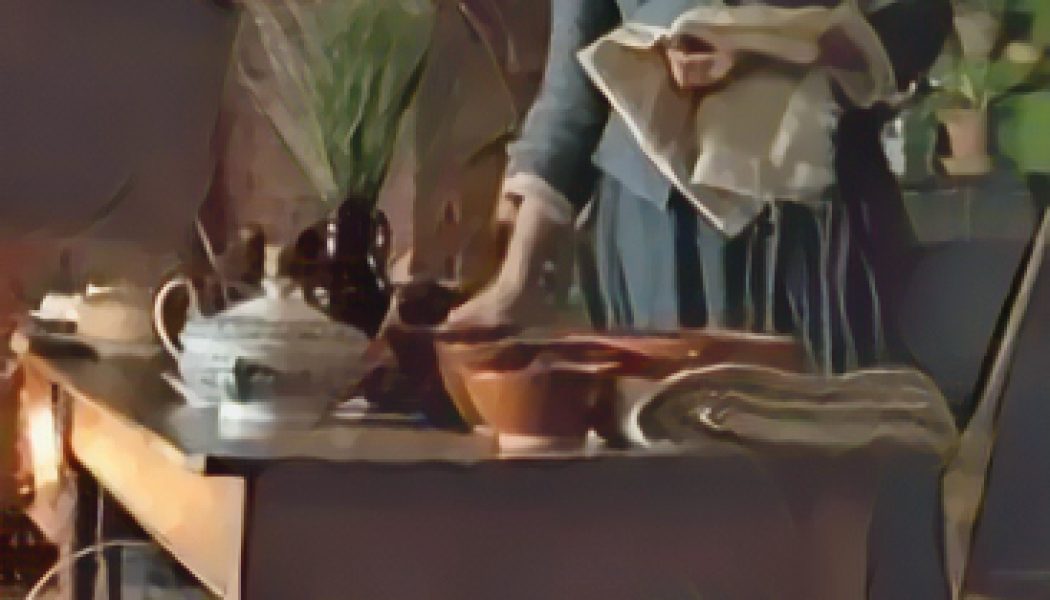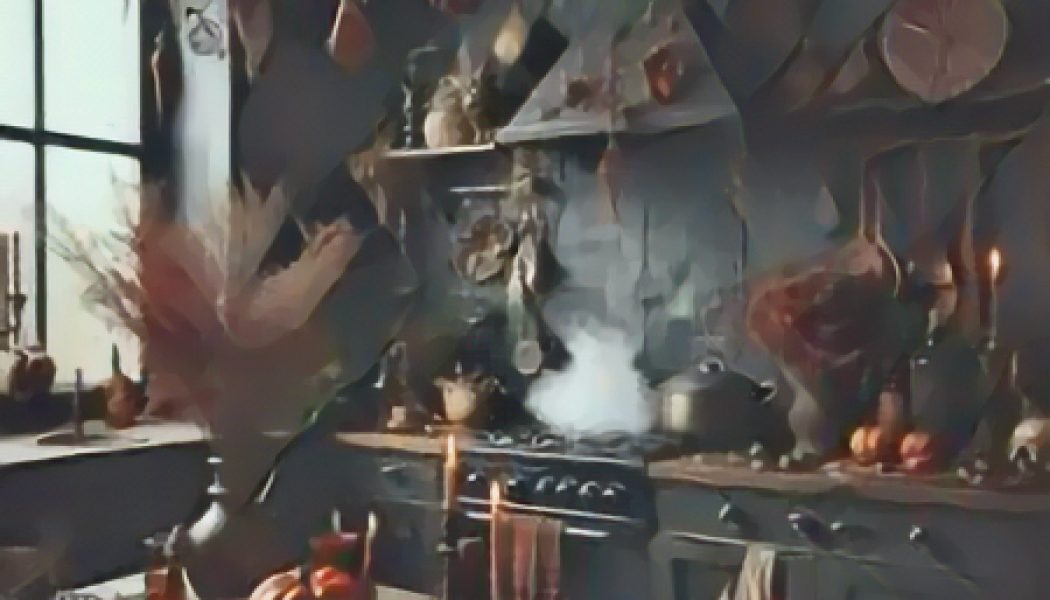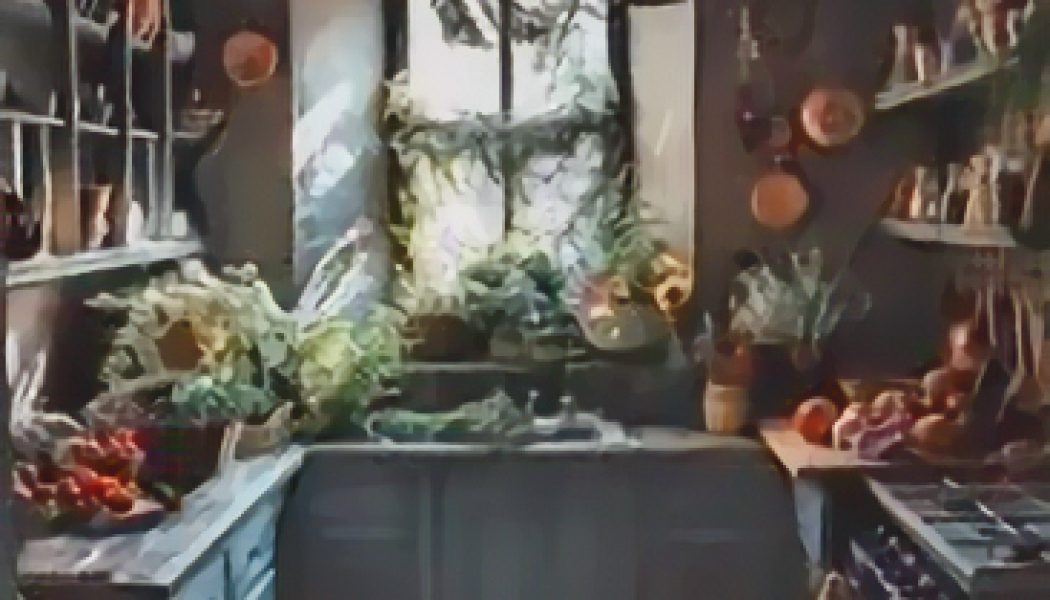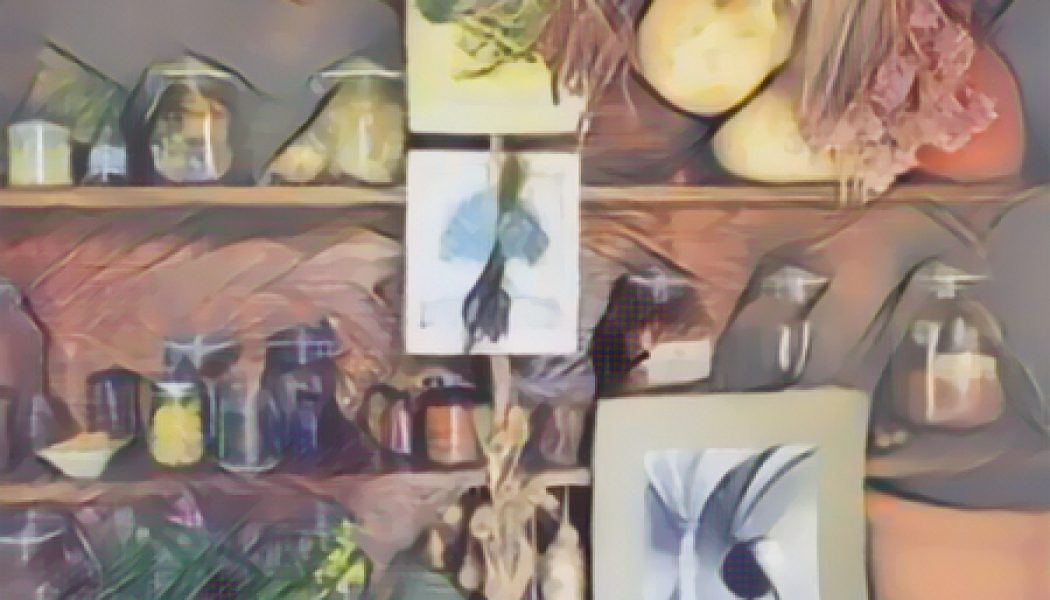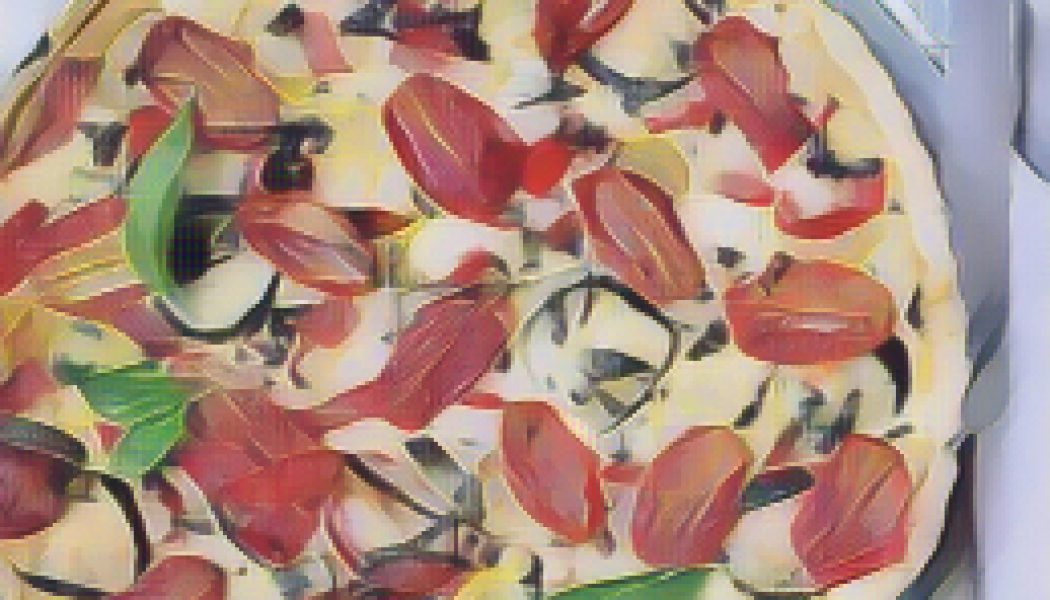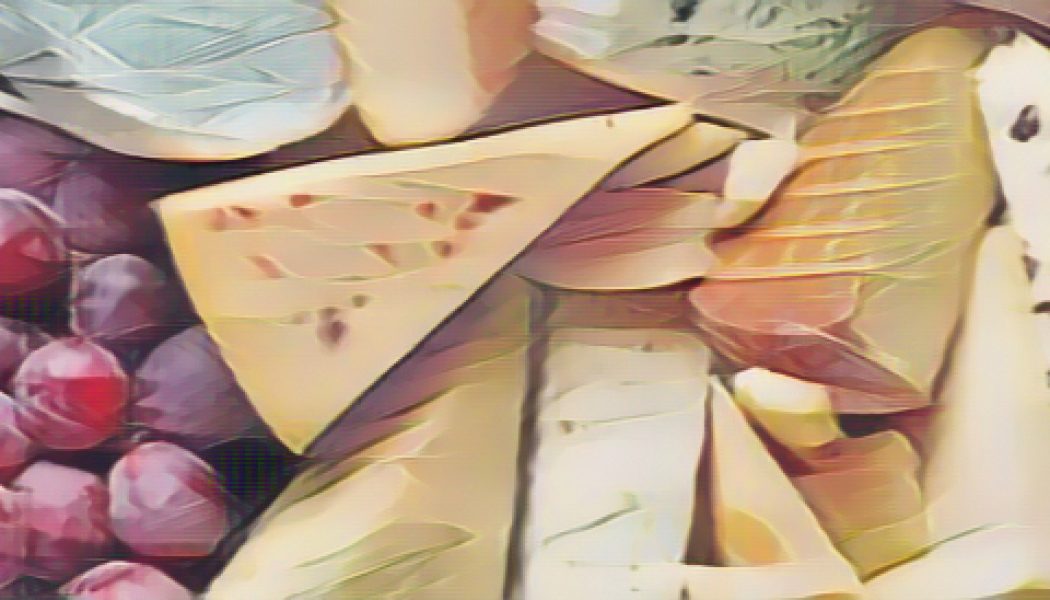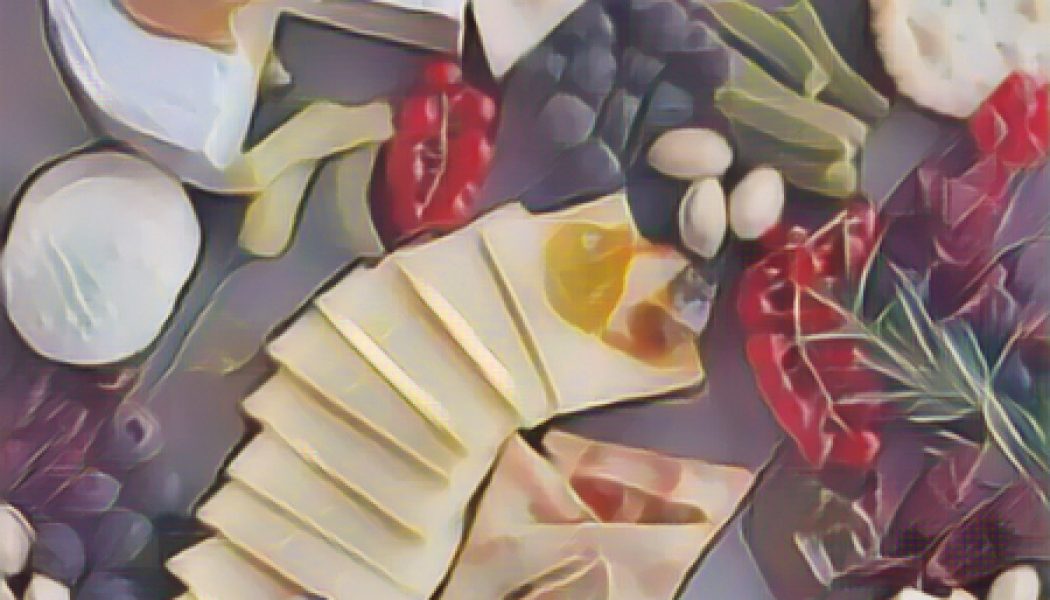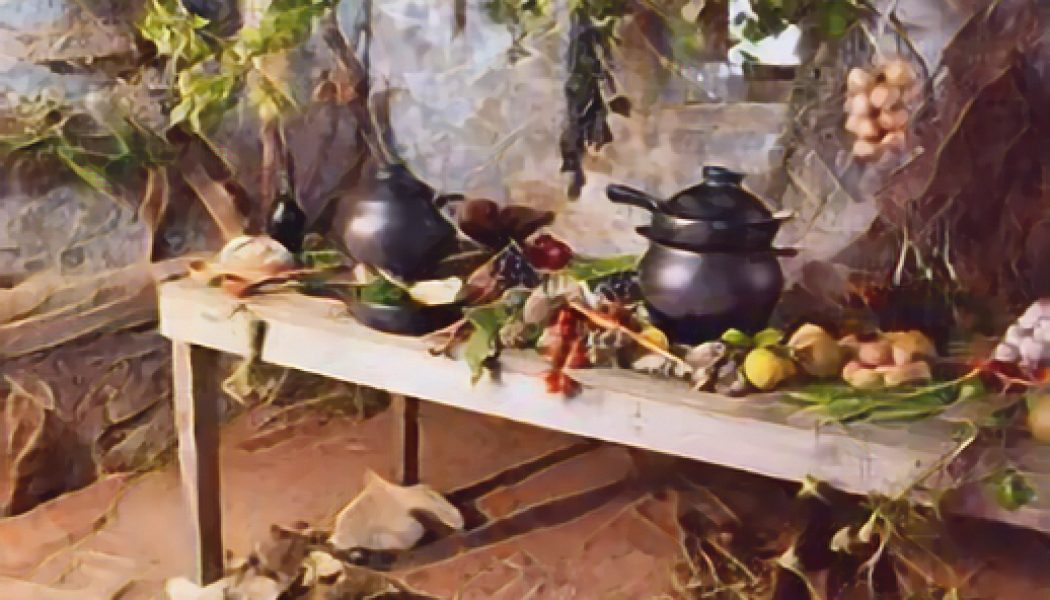Kitchen Witch
Kitchen Herbs for Witches: Anise
Planet: Mercury/Jupiter Element: Air Main magickal uses: Contacting other planes, divination, love, passion, preventing nightmares, protection, psychic development, psychic protection, purification O...
Kitchen Herbs for Witches: Basil
Planet: Mars Element: Fire Main magickal uses: Consecration, divination (esp. about love), exorcism, fertility, fidelity, good luck, happiness, harmony, love, money, passion, peace, prosperity, prote...
Kitchen Herbs for Witches: Caraway
Planet: Mercury Element: Air Main magickal uses: Fidelity, love, memory, passion, preventing theft, protection, retention, sensuality Other magickal uses: consecration, fertility, gain, honesty, keepi...
Kitchen Herbs for Witches: Celery seed
Planet: Saturn/Mercury Element: Earth Main magickal uses: Psychic development Other magickal uses: Beauty, divination, fertility, love, passion
Kitchen Herbs for Witches: Cinnamon
Planet: Mercury/Sun/Mars/Uranus (take your pick!) Element: Air/Fire Main magickal uses: Clairvoyance, consecration, divination, energy, good luck, love, money, passion, peace, prosperity, protection, ...
Kitchen Herbs for Witches: Cloves
Planet: Sun/Jupiter Element: Fire Main magickal uses: clairvoyance, divination, exorcism, keeps away negative forces, love, memory, money, passion, peace of mind, protection, psychic protection, purif...
Kitchen Herbs for Witches: Coriander
(also called Cilantro) Planet: Mars Element: Fire Main magickal uses: love Other magickal uses: clairvoyance, divination, fertility, gain, health, keeping secrets, passion, peace, protection, retentio...
Kitchen Herbs for Witches: Dill
Planet: Mercury Element: Earth/Fire Main magickal uses: love, protection, psychic protection Other magickal uses: Blessings, confidence, determination, dreams, fertility, gain, harmony, keeping secret...
Kitchen Herbs for Witches: Fennel
Planet: Mercury. Element: Air/Fire. Main magickal uses: confidence, courage, fertility, longevity, love, Midsummer, protection, psychic protection, purification, strength. Other magickal uses: Comman...
Kitchen Herbs for Witches: Garlic
Planet: Mars . Element: Fire. Main magickal uses: exorcism, magic, passion, protection, spell-breaking, strength. Other magickal uses: clairvoyance, commanding, confidence, consecration, courage, divi...
Kitchen Herbs for Witches: Ginger
Planet: Mars. Element: Fire Main magickal uses: love, passion, psychic protection. Other magickal uses: cursing, health, psychic development, sensuality, success
Kitchen Herbs for Witches: Lavender
Planet: Mercury. Element: Air. Main magickal uses: clairvoyance, cleansing, consecration, happiness, healing, love, Midsummer, money, passion, peace, peace of mind, protection, psychic protection, pur...
Kitchen Herbs for Witches: Lovage
Planet: Venus,Sun. Element: Earth/Water. Main magickal uses: love. Other magickal uses: beauty, cleansing, consecration, money, passion, protection, psychic protection, purification. Lore: The main us...
Kitchen Herbs for Witches: Mace
Planet: Mercury. Element: Air. Main magickal uses: Clairvoyance. Other magickal uses: fertility, gain, good luck, love, protection.
Kitchen Herbs for Witches: Marjoram
Planet: Venus, Mercury. Element: Air. Main magickal uses: grieving, happiness, love, money, protection, psychic development, psychic protection,tranquility, weddings. Other magickal uses: Animals, cle...
Kitchen Herbs for Witches: Mustard Seed
Planet: Mars. Element: Fire. Main magickal uses: fertility, health, love, passion, protection. Other magickal uses: commanding, cursing, exorcism, gain, good luck, sensuality, spell-breaking, strength...
Kitchen Herbs for Witches: Onion
Planet: Mars. Element: Fire. Main magickal uses: exorcism, protection. Other magickal uses: Clairvoyance, cleansing, contacting other planes, divination, healing, lunar rites, magic, purification, spe...
Kitchen Herbs for Witches: Oregano
Planet: Venus. Element: Air. Main magickal uses: happiness, tranquility. Other magickal uses: Animals, grieving, harmony, love, peace, protection, psychic development, weddings.
Kitchen Herbs for Witches: Parsley
Planet: Saturn. Element: Earth. Main magickal uses: divination, happiness, passion, protection, psychic development, purification. Other magickal uses: clairvoyance, cleansing, consecration, contactin...
Kitchen Herbs for Witches: Poppyseed
Planet: Moon. Element: Water. Main magickal uses: dreams. Other magickal uses: Binding, clairvoyance, consecration, cursing, fertility, prosperity. Lore: In Greece, poppies belonged to Hypnos and Somn...
Kitchen Herbs for Witches: Rosemary
Planet: Sun. Element: Fire. Main magickal uses: cleansing, confidence, consecration, courage, exorcism, good luck, grieving, happiness, healing, knowledge, love, memory, passion, peace of mind, preven...
Kitchen Herbs for Witches: Saffron
Planet: Sun. Element: Fire. Main magickal uses: Clairvoyance, divination, Other magickal uses: cleansing, commanding, consecration, exorcism, healing, magic, psychic development, purification, spell-...
Kitchen Herbs for Witches: Sage
Planet: Mercury/Jupiter. Element: Earth. Main magickal uses: cleansing, healing, longevity, money, passion, prosperity, psychic development, psychic protection, purification, wisdom. Other magickal us...
Kitchen Herbs for Witches: Savory
Planet: Venus. Element: Air. Main magickal uses: passion. Other magickal uses: Animals, attracts males, happiness, love, satyrs, sensuality, virility. Lore: Savory is ruled by and named after the sat...
Kitchen Herbs for Witches: Spearmint
Planet: Venus. Element: Air. Main magickal uses: consecration, happiness, love, money, passion, prosperity, protection, psychic development. Other magickal uses: Animals, dreams, endings, exorcism, he...
Kitchen Herbs for Witches: Star Anise
Planet: Mercury, Jupiter. Element: Air, Water. Main magickal uses: clairvoyance, good luck, protection, psychic development. Other magickal uses: consecration, contacting other planes, divination, exo...
Kitchen Herbs for Witches: Tarragon
Planet: Mars. Element: Fire. Main magickal uses: commanding, confidence, courage, passion, protection, strength. Other magickal uses: Animals, calming, keeping secrets, love, peace, prevents theft, re...
Kitchen Herbs for Witches: Thyme
Planet: Venus. Element: Air. Main magickal uses: clairvoyance, cleansing, consecration, courage, divination, dreams, exorcism, faeries, happiness, healing, love, money, prevents nightmares, protectio...
Kitchen Herbs for Witches: Turmeric
Planet: Mars. Element: Fire. Main magickal uses: passion Other magickal uses: commanding, confidence, courage, exorcism, magic, sensuality, spell-breaking, strength *Vanilla* Planet: Jupiter Element: ...
Kitchen Herbs for Witches: Peppermint
Planet: Venus Element: Air Main magickal uses: cleansing, consecration, dreams, happiness, healing, love, money, passion, prosperity, protection, psychic development, purification, release, renewal, r...
Kitchen Herbs for Witches: Pepper
Planet: Mars. Element: Fire. Main magickal uses: cursing, exorcism, passion, protection. Other magickal uses: commanding, sensuality, spell-breaking, stops envy. Lore: Stings the eyes when burned.
Kitchen Herbs for Witches: Bay
Planet: Sun Element: Fire Main magickal uses: Clairvoyance, consecration, divination, dreams, exorcism, healing, love, passion, protection, psychic protection, purification, wisdom, wishes Other magic...
Rosemary
Salvia Rosmarinus, commonly known as rosemary, is a shrub with fragrant, evergreen, needle-like leaves and white, pink, purple, or blue flowers, native to the Mediterranean region. Until 2017, it was ...
Rosemary: Description
Rosemary is an aromatic evergreen shrub with leaves similar to hemlock needles. It is native to the Mediterranean and Asia, but is reasonably hardy in cool climates. Special cultivars like ‘Arp’ can w...
Rosemary: Taxonomy
Salvia rosmarinus is now considered one of many hundreds of species in the genus Salvia. Formerly it was placed in a much smaller genus, Rosmarinus, which contained only two to four species including ...
Rosemary: History
The first mention of rosemary is found on cuneiform stone tablets as early as 5000 BCE. After that not much is known, except that Egyptians used it in their burial rituals. There is no further mention...
Rosemary: Usage
Upon cultivation, the leaves, twigs, and flowering apices are extracted for use. Rosemary is used as a decorative plant in gardens. The leaves are used to flavor various foods, such as stuffing and ro...
Rosemary: Cultivation
Since it is attractive and drought-tolerant, rosemary is used as an ornamental plant in gardens and for xeriscape landscaping, especially in regions of Mediterranean climate. It is considered easy to ...
Rosemary: Culinary use
Rosemary leaves are used as a flavoring in foods, such as stuffing and roast lamb, pork, chicken, and turkey. Fresh or dried leaves are used in traditional Mediterranean cuisine. They have a bitter, a...
Rosemary: Fragrance
Rosemary oil is used for purposes of fragrant bodily perfumes or to emit an aroma into a room. It is also burnt as incense, and used in shampoos and cleaning products.
Rosemary: Folklore and customs
The plant or its oil have been used in folk medicine in the belief it may have medicinal effects. Rosemary was considered sacred to ancient Egyptians, Romans, and Greeks. In Don Quixote (Part One, Cha...
Ingredients for a Kitchen Witch: Banana – Prosperity
Who couldn’t use a little more prosperity? Not only is banana associate with fertility and potency, it is also widely used for increasing one’s prosperity in a variety of subjects. Use banana leaves t...
Ingredients for a Kitchen Witch: Celery – Mental Powers
It is said that Witches once ate celery seeds before they would take flight on their brooms. As we know there are shreds of truth in every farfetched legend. Celery is well revered for its ability to ...
Ingredients for a Kitchen Witch: Cabbage – Luck
To increase luck in your life put cabbage in salad and stir fry dishes where it is kept uncooked or lightly sautéed. To ensure a couple has luck after they are married plant cabbage the day after they...
Ingredients for a Kitchen Witch: Apple – Love
Add apple blossoms to love sachets to attract love to the wearer. Slice an apple to expose the star within its center, next share this apple with your lover to ensure you will be happy together.
Ingredients for a Kitchen Witch: Peach – Longevity
It is believed that eating peaches will increase longevity. This may be another area of Magick where science has once again, proves the instincts of our ancestors correct. Eating more fruit is well kn...
Ingredients for a Kitchen Witch: Garlic – Healing
It was once believed that wearing Garlic would protect against the plague. Science has shown us the factual benefits our ancestors instinctively knew about garlic. Garlic is a great healer. Garlic is ...
Ingredients for a Kitchen Witch: Catnip – Happiness
What is life without a little extra happiness? I mean have you seen what it does for cats? Hang Catnip in your home, at your desk, or in your car to attract good spirits. Use catnip in spell work focu...
Ingredients for a Kitchen Witch: Lavender – Peace
We all need a little more peace in our lives and Lavender is the herb for the job. Wear lavender essential oil on your clothing, place bunches in your home (dried or fresh), and smolder as an incense ...
Ingredients for a Kitchen Witch: Lemon – Friendship
Lemon is great for forging new and maintaining established friendships. At your next meal or dinner party rub a little lemon essential oil on each chair where your family or guests will sit. Also, pla...
Ingredients for a Kitchen Witch: Rosemary – Purification
A tasty protector! Place rosemary in baths, teas, mix it in with Peach, smolder it as an incense… Rosemary is a very versatile ingredient you can use in recipes all the way up to making your own simme...
Ingredients for a Kitchen Witch: Orange – Divination
Eat an orange as you perform Divinations to help speed the clues and answers you seek. Often the practice of using Orange in divination exercises requires a yes or no question to be asked. Once you ar...
Ingredients for a Kitchen Witch: Tea – Courage
We all need a little courage now and then. As Witches, we are often looked down upon as we are miss-represented and feared by those who are ill-educated. This is only one example of why you could need...
Ingredients for a Kitchen Witch: Basil – Protection
Basil – Protection While Basil is known to serve many purposes Ione use for basil is protection. Place it sauces, use as a garnish or in homemade salad dressing. You can even place a bunch on your alt...
Kitchen Witch: The Ritual of Eating 1.1
The Ritual of Eating is a simple practice. We put food into our mouths, then chew and swallow it. Because of food’s importance, it has been linked with politics, social structures, legal systems, hea...
Kitchen Witch: The Ritual of Eating 1.2
When the harvest had been spared, our ancestors thanked their deities with offerings of food. This may have been buried, flung into the air, or tossed into afire. The portion earmarked for the deities...
Kitchen Witch: The Ritual of Eating 1.3
Our ancestors worshipped food, seeing it as a gift from the hands of their deities. Food magicians don’t worship food, though we respect it as a life-sustaining substance containing the energies of th...
Kitchen Witch: Vegetarianism 1.1
Many witches are strict vegetarians. They shun meat, poultry, and fish; some even avoid eggs and milk products. They often believe that spiritual advancement and magical ability can only be obtained w...
Kitchen Witch: Vegetarianism 1.2
Another rationale for vegetarianism seems to be that meat is a poison. It’s true that much of the meat eaten today in the United States is injected with growth hormones and is too fatty for sustaining...
Kitchen Witch: Vegetarianism 1.3
We’re all separate, distinct persons, connected with the rest of our fellow-creatures and with the universe, and yet apart. No one diet is correct for everyone, just as no single type of haircut, food...
Kitchen Witch: Vegetarianism 1.4
There have always been vegetarians, and there have also always been omnivores (though most earlier cultures ate far less meat than we do today). Neither way is more “correct” or “ancient” or, indeed, ...
A list of foods, spices, herbs and their magical properties
Barley – Money, sex Buckwheat – Money Corn – Spirituality Lentil – Peace, tranquility Millet – Money Oats – Money Pretzel – Protection Rice – Sex, money, protection Rye – Love Tor...
The Kitchen Witch1
Sharing a meal with friends or those you love is a ritual in itself, there is a certain energy associated with this simple pleasure, and with the magic of food our life is sustained. The oven is one o...
The Kitchen Witch2
Hundreds of years ago food was worshiped and seen as a gift from the gods, the energies contained within the food we eat are vital to our survival. You will find food all the more enjoyable as you app...
The Kitchen Witch3
The ancient Egyptians used food as a means of exchange and food was stocked in the tombs as a gift to the gods. Barley was used for rituals associated with marriage and fertility, it was also served a...
The Kitchen Witch4
Corn has been used by various tribes over the centuries and used in rituals, it is a symbol of fertility, life, eternity and resurrection. Corn was also used for divination purposes, it was practiced ...
The Kitchen Witch5
The Babylonians baked and served cakes for the goddess Ishtar and they were served during fertility festivals. The Greek goddess Artemis was honored each month by the baking of round cakes upon which ...
The Kitchen Witch7
Bread was considered a sacred food by the Egyptians and it was offered to the deities and stocked in tombs along with other foods. Eating was a part of many Pagan religions, rituals using barley were ...
The Kitchen Witch6
When you next bake cookies you can cut them into specific shapes to represent your magical intention, cookies can be used as a powerful magical tool, as you begin mixing the flour have an intention in...
The Kitchen Witch8
Pies are a symbol of spirituality, and apple pie is associated with love and peace, blackberry pie with money, blueberry for protection, custard for spirituality, cherry for love, lemon for love, minc...
The Kitchen Witch9
Pancakes are thought of as lucky food and they are aligned with money and luck, if you are short of cash make up a batch of pancakes, and while you are preparing and eating them think of prosperity an...
The Kitchen Witch10
When using food for magic work always have the reason for cooking certain foods, such as cooking for love, cooking for prosperity, for health or for protection. As you handle and prepare the food have...
The Kitchen Witch11
If you add fresh dill weed to lettuce it is thought to attract money and mushrooms are said to heighten psychic awareness. Olives are used as an antidote for stress and are thought to heighten sexual ...
The Kitchen Witch12
If you want to keep away evil spirits, chop an onion in half and place it on your window ledge, onions can also be eaten for protection, and you can combine them with other foods containing protective...
The Kitchen Witch13
Pumpkin cooked and pumpkin seeds are a fantastic money attractant and for extra oomph you can add cinnamon, ginger and nutmeg. Radishes can be eaten for protection, rhubarb is used for medicinal purpo...
The Kitchen Witch14
In Japan soybeans are scattered within homes for good fortune and soy is very good for protection. Tofu is eaten for psychic awareness and heightens spirituality.
The Kitchen Witch15
To add more prosperity power to your spinach meal add sesame seeds and nutmeg, eat while visualising your money pile growing. Use alfalfa for psychic awareness, use beans for protection, mung bean for...
The Kitchen Witch16
Many women who believe in the ancient superstitions eat sunflower seeds for fertility, the seeds are also used for protection, combine with other same energy foods to add more power. If you want to ex...
The Kitchen Witch17
If you mix dill, basil and cinnamon to tomatoes, you will create a very potent food to attract money, black pepper, bay leaves and rosemary enhance the protective energies in tomatoes.
The Kitchen Witch18
Truffles are eaten to increase sexual desire, eat a meal with truffles and follow with strawberries for the perfect love dish. Use watercress to strengthen the conscious mind, the Greeks ate watercres...
The Kitchen Witch19
Apples are linked with spirituality and are also used for their protective powers, they are said to increase longevity and enhance physical strength, health and wellbeing. Add cinnamon, ginger and sug...
The Kitchen Witch20
If you want to increase your sexual desire, eat blackberries raw or baked, while visualising loving moments with a desired one. Eat blueberries for protection and for powerful protection combine with ...
The Kitchen Witch21
Citrus was used to celebrate the wedding of Zeus and Hera the mythological god and goddess, it was thought to keep the bonds of marriage strong and also to enhance physical strength. Pomegranates are ...
The Kitchen Witch22
For love potions you cannot go past Strawberries and strawberry ice cream, mix together strawberries, raspberries and ice cream and add some chocolate for a powerful love potion.
The Kitchen Witch23
For protection you can use tangerines and if you want to enhance the power of protection combine it with another protection food. A tangerine in the kitchen is thought to protect the household from ev...
The Kitchen Witch24
The ancient Egyptians used the juice of the watermelon for health it was also used in a ritual to help the spirit move from one life to the next.
The Kitchen Witch25
There was a time when spices were more costly than gold, in fact spices were so expensive in Europe they were too expensive to use in cookery. Today we have an abundance of delicious herbs and spices ...
The Kitchen Witch26
To attract love cook coriander, dill and basil with peas, when you eat visualise love and attraction, allow yourself to absorb the feeling.
The Kitchen Witch27
When you begin your magic culinary acts make sure you use the appropriate herbs and spices with the correct properties, such foods with the energy of love for your love magic, foods with the energy of...
What is a Kitchen Witch
A Kitchen Witch is a Witch who focuses his or her magical practice on the home and hearth and uses things commonly found in the kitchen as magickal tools. Kitchen Witchery may be an expression of reli...
What is a Kitchen Witch: Cooking
Kitchen Witches tend to be excellent, or at least passionate cooks who delight in experimenting with new flavors and recipes. A Kitchen Witch may infuse magic into his or her cooking by selecting ingr...
What is a Kitchen Witch: Home Decor
Many Kitchen Witches decorate their homes with magical protective symbols or to be in harmony with the elements or Nature. Colors and design elements may be chosen with their symbolic nature and magic...
What is a Kitchen Witch: House Cleaning & Laundry
Kitchen Witches may incorporate their magical practice into all aspects of housekeeping, including laundry and general cleaning. This may involve scenting laundry with herbs chosen to draw desired ene...
Cheese and Herb Scones
Cheese and herb scones are a delicious addition to any Beltane meal. They are easy to make and can be served as a side dish or as a snack. Here’s how to make them: Ingredients: 225g self-raisi...
Cheese and Vegetable Tart
A cheese and vegetable tart is a perfect main dish for any Beltane celebration. It is easy to make and can be customized to suit any taste. Here’s how to make it: Ingredients: 1 sheet of puff pa...
Cheese Board
A cheese board is a perfect appetizer for any Beltane celebration. It is easy to prepare and can be customized to suit any taste. A cheese board typically consists of a variety of cheeses, crackers,...
Beltane Recipes,Cheese: Traditional Foods for Celebrating the May Day Festival
Beltane is a traditional Celtic festival that marks the beginning of summer. It is celebrated on May 1st and is known for its joyous and festive atmosphere. One of the key aspects of Beltane is the ab...
Solitary Kitchen Witch: Exploring the Practice of Cooking Magic Alone 1
Solitary Kitchen Witchcraft is a practice that has been gaining popularity in recent years. It involves using the kitchen as a sacred space for performing rituals and spells. Unlike traditional witchc...
Flavors & Correspondences
Almond(milk): mental clarity + fortitude, luck, abundance, healing + good health.Amaretto: opening the mind, warding against negativity, creativity, luck.Blueberry: aids in memory + mental clarity, ca...
Kitchen Herbal Flowers
Most people will have at least the basic kitchen herbs in their cabinet. Remember the term “herb” does not exclude flowers and trees. You may be surprised to know how many different flower...
Traditional Wassail Recipe
You will need: 6 small apples1 1/2 quarts ale or hard cider1/4 cup sugar1 teaspoon grated nutmeg1 teaspoon ground ginger Preheat your oven to 120 degrees F. Core the apples and then place them on a li...
Kitchen Altar
Kitchen witches spend much of their time in the kitchen, combining magic and cooking to create sacred food, spells and herbal remedies. The kitchen is therefore an ideal place to set up an altar, both...
